Student Blog
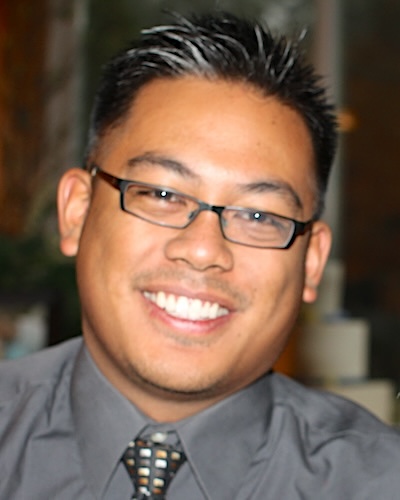
Life and the meaning it holds ⟩
January 31, 2011, by Pierre
Everyday we go through our daily routines. Some of us wake up, take a shower, get dressed, eat breakfast, and go to work. For others they may be getting ready for school, volunteering, homemaking, or sleeping in. We take for granted the many objects we use due to the consistent routines and habits we have.
For some, a walking cane can mean dependence on others or independence and empowerment. What about a car? This object could mean either losing out on going to a party or getting to a job site. Sometimes a pet can unintentionally influence our ability to go outside and take a walk. How we dress can impact our self image and social life. What we construct or accomplish with our hands can build one’s self confidence. Being able to use a stove to cook a healthy meal for your family can impact ones health and wellness.
All these objects are instrumental things that can help us accomplish our daily activities and occupations. We sometimes don’t realize how important they can be and how meaningful they are until we have lost the ability to access or use them. OTs take into account the many unique aspects of occupation and find the meaningful instruments within our routines to live satisfying lives with whatever situation one is in. It’s important to see the uniqueness of each person’s occupation and identify those things that have and instrumental influence on them.
⋯
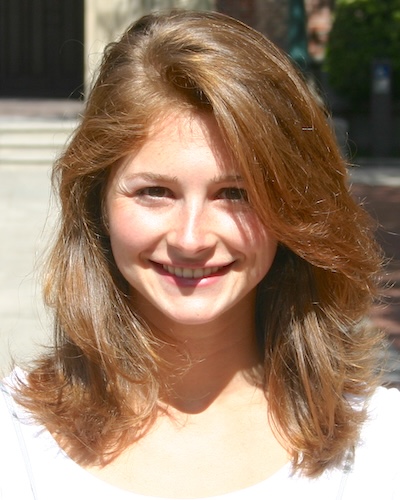
Supporting Coursework ⟩
January 31, 2011, by Amanda
To complement the clinical coursework, there are a few classes that enhance your ability to understand client needs and address them from an occupational science perspective.
Throughout the clinical coursework, there is supporting coursework to enhance your understanding of occupation and multiple dimensions of practice. To begin, there is a medical lecture component to your coursework, the purpose of which is to introduce students to varying diagnoses and conditions. Guest lecturers that specialize in working with various populations are the ones delivering the course content. The information from this course serves as a great reference. As an entry-level practitioner you are faced with so many new populations and your notes from school are something you will return to refresh your understanding and knowledge of the details of the conditions you see in practice. What I also found fascinating was when a professional from another discipline presented his or her perspective of a diagnosis. For example, there was a bariatric surgeon presented on obesity. From his professional perspective, bariatric surgery was the answer to the obesity and type II diabetes epidemic. This compares with the occupational science and therapy perspective that would intervene through understanding an individual’s occupational habits, roles, and routines and develop strategies to address the chronic weight management issues that the individual faces. Both interventions require major lifestyle changes, depending on the individual, one, the other, or both interventions may be appropriate. From these lectures, you begin to build your sense of how OT would approach a condition compared to another professional. You see how important the OT perspective is in healthcare.
Occupational science is an academic discipline devoted to the systematic study of the form, function and meaning of occupation. USC’s Division of Occupational Science and Occupational Therapy is committed to understanding the human experience of occupation in order to apply that understanding to the practice of occupational therapy. Coursework in occupational science is part of the curriculum for occupational therapy students at USC. Students explore the various dimensions and interdisciplinary knowledge that underlie occupation. Topics include how routines, habits, culture, environment and preferences contribute to health and well-being. Guest lecturers present how they have taken concepts from occupational science and developed programs that increase well-being, such as in the programs at the USC Faculty practice and in the Well-Elderly Study. As a student, you begin to see occupation through different lenses and how to identify supports and barriers to occupation. The study of occupational science informs occupational therapy practice through asking how we may best understand and enable occupational performance.
The Skills for Occupational Therapy coursework that I previously wrote about in a blog post continues in the subsequent semesters. You expand your knowledge from analyzing tasks to understanding the therapeutic relationship and how to design occupation-centered programs. I found that these classes gave a space for discussing the tough issues you may see in practice. We explored our strengths and weaknesses in terms of building relationships and how we may best serve clients therapeutically. As a therapist you are not only providing an intervention, but you are using the relationship with the client to see successful outcomes. We also had the time to discuss what we were seeing in our level I fieldworks: what we liked and what we didn’t like. Based on what I saw in fieldworks and from discussions in this class, I began to imagine how I want to be as a therapist in the future. Skills for Occupational Therapy also allows students to explore interests in program development. We had a semester-long project aimed at founding the skills for surveying a population’s needs, designing an evidence-based program, and how you would go about implementing that program. Although not required, some students realize their occupation-based program or continue on to the OTD program to run their program. Topics for this project varied from addressing returning veterans needs to the use of pets in therapy to educating other professionals about effective “sensory strategies” in pediatric settings. Medical lectures, occupational science and skills for occupational therapy all enhance one’s ability to understand client needs and how to address them in occupational therapy practice.
⋯
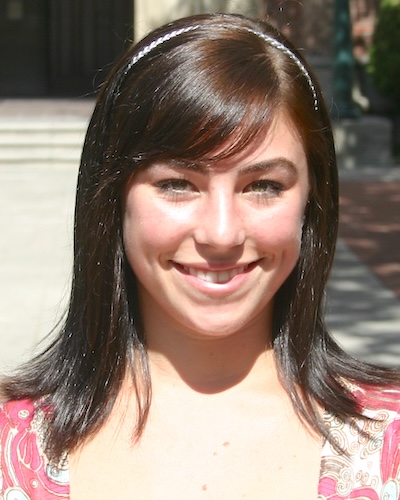
Experiencing a new area of practice ⟩
January 30, 2011, by Austen
There are several OT practice areas I still have yet to experience. These include school-based pediatrics, mental health, and geriatrics. One great thing about the USC OT program is there is an option to do an independent study course in the second year as an elective. You can design your own objectives and choose a setting of interest. Since I have always wondered about school-based pediatrics, I chose to do an independent study in a school setting to get an idea of what occupational therapy looks like there. I created the objectives I wanted to complete and found a school-based occupational therapist to observe for 4 hours a week.
Now, every Thursday morning I head down to Grand View Elementary in Manhattan Beach. The first day I set foot on the beautiful school campus I fell in love with it! It is a large elementary school, with lots of buildings, gardens, walkways, playgrounds, and grassy areas. There are 3 small rooms set aside for speech therapy, physical therapy, and occupational therapy. The OT room has a mat, swing, squeeze machine, games, arts and crafts materials, toys, a computer, and table and chairs. It has the full setup with plenty of resources. I was really impressed!
The occupational therapist I am observing is also amazing. She has so much energy, treats the students as equals, radiates a positive attitude, and is a great teacher. She strives to make OT fun for the kids, occupation based, and relevant to their participation in school activities. I really like the interventions used in school based therapy, including activities that help improve fine motor skills, bilateral coordination, attention, etc.
The other thing I found I really like about school based OT is the environment is really fun. The kids are social and happy, they are around their peers, and there are a lot of other professionals (teachers, administrators, instructors, etc) to consult with. It is a very supportive environment for both the children and the school staff, making it an enjoyable place to be in. I can definitely see myself working in school based OT. I am aware of the downsides, such as large case loads, limited therapy time, and traveling between schools. But I find the job’s perks to outweigh the disadvantages. Maybe I have found a new aspiration?
⋯
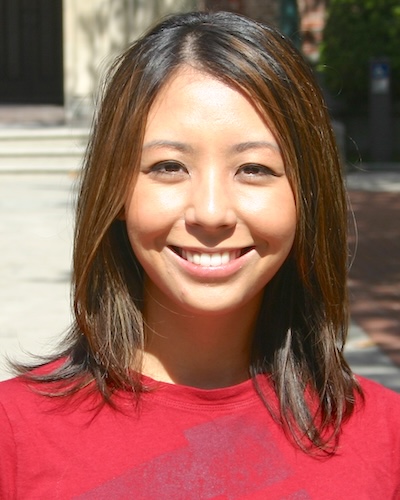
Working My Way to a Healthier Routine ⟩
January 30, 2011, by Carissa
Life Hacks School/Life Balance
Recently, I have been reflecting on how I can create a healthier lifestyle for myself. I realized that in order to create an exercise routine, I must take my aversion to the gym into consideration. I have tried to deal with it by going with a friend or bringing fun, energizing music. However, I always end up finding excuses not to go. It is a 20 minute walk from my apartment, and by the time I get there, my energy is already depleted, and I’m already thinking about going home. So this past week, rather than push the gym on myself any more, I bought myself exercise DVDs. With them, I don’t have to go anywhere to exercise. I have the privacy of my apartment. No energy is expended on picking out clothes to wear. I can jump in the shower as soon as I’m done. It is pretty amazing, as I was able to wake up early Saturday morning, complete the video, and have the time and energy to run errands and be productive the rest of the day. I feel like I can be much more successful with this routine than trying to include the gym in my day. Week 1 towards increased health. 😊 Also, regarding the creation of a healthier routine, I realized that I finished some homework early (accidentally). It feels good to not procrastinate, even though it was not really intentional. I need to try that more often.
⋯
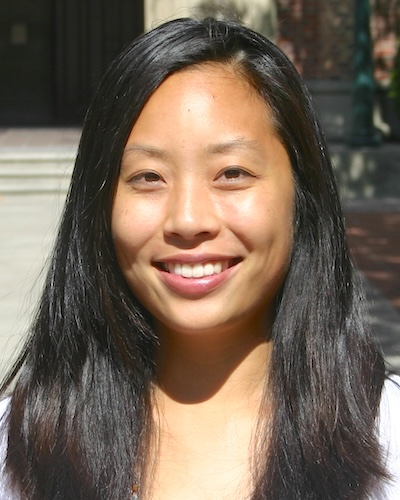
Just a minute to listen . . . ⟩
January 25, 2011, by Yao
Sometimes the best therapy is to have someone listen to you.
I’ve always appreciated when friends took the time to listen to me but I was lucky enough this past Friday to really observe this in practice during my OT 500 University Hospital observation elective. It’s hard sometimes to remember that although our goal as occupational therapists in the hospital is to return the patients to functional ability in ADLs and make sure that they are equipped with the best tools to help them engage fully in their life after hospitalization, that sometimes in order to best serve our patients we need to listen to them first.
It was my second day of rotations and the plan was to see about 4-5 patients within the 4 hours that I was observing. I realized how hard it was to balance what the patient needed physically and what the patient might need mentally as well as the need to be flexible. The latter is a definite requirement in Occupational Therapy and even more pertinent when working in a hospital setting. The first two patients had gone according to schedule and the OT I was shadowing was able to balance rapport building and physical engagement in the session. Then it was time for our third patient. It was the first time this particular patient was in a hospital that had health professionals talk to him as a peer. Rather than a “I’m the Medical Professional and you’re the patient and you will listen and do everything that I say without a question” interaction. We started with our typical introductions and a brief summary of our jobs as Occupational Therapists and what role we would play in his recovery. At the beginning of the session he had mentioned that he was suffering from an immense amount of pain and he wasn’t sure what he was able to do and would possibly prefer to engage in bedside exercises. Then, it seemed out of the blue he brought up information that he had heard about upcoming Occupational Therapy research and how he was fascinated by the strides we were making in areas such as Autism. This began a deep conversation about not only Occupational Therapy but every now and again we were able to get a little bit about his background, The background information helped us piece together his occupational history as well as fun interesting facts that we may be able to later incorporate into his therapy sessions.
Then without skipping a beat the therapist I was observing mentioned the possibility of taking a few laps around the floor because it seemed as if he was ready and able to. Without hesitation the patient started getting up out of his bed and continued to conversation. As we were walking and talking about various subjects in the medical field one lap became two and two became three and finally we had to migrate back to his room in order for him to get to his lunch tray in time. While we were wrapping up the patient said “Thanks, I needed that.”
The time spent with him allowed us to help put him at ease with his hospital visits by reminding him of his knowledge of current medical research but also taught us a lot about him and how he was perceiving this hospitalization. It especially gave us insight on how to best tailor his occupational therapy sessions so that he would get the most out of them with his particular goals in mind. I know it seems simple but sometimes I feel that people get so caught up that the importance of just listening is no longer a priority due to the increasing demands of time and billing placed on all medical professionals.
⋯





